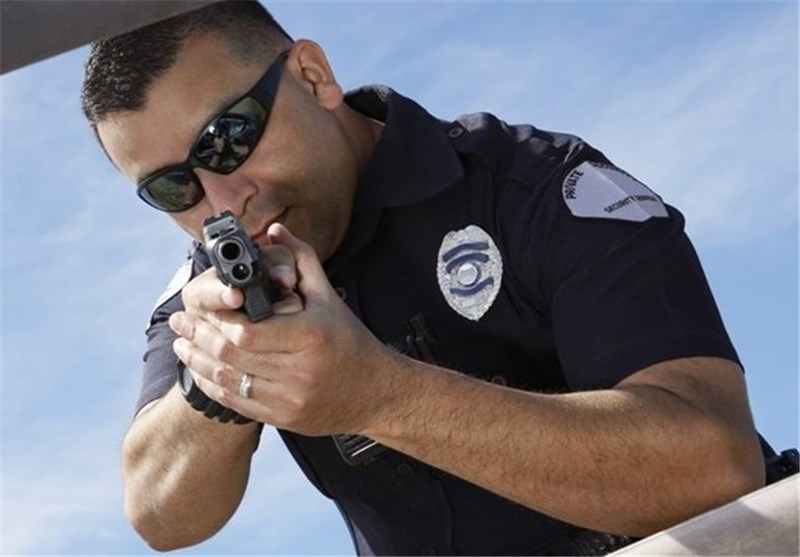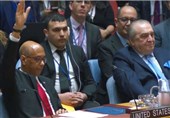US Police Fatally Shot Almost 1,000 Civilians in 2015: Report
TEHRAN (Tasnim) – US law enforcement has mortally wounded nearly 1,000 civilians this year, according to a recent study by the Washington Post.
When the people hired to protect their communities end up killing someone, they can be called heroes or criminals — a judgment that has never come more quickly or searingly than in this era of viral video, body cameras and dash cams.
A single bullet fired at the adrenaline-charged apex of a chase can end a life, wreck a career, spark a riot, spike racial tensions and alter the politics of the nation.
In a year-long study, The Washington Post found that the kind of incidents that have ignited protests in many US communities — most often, white police officers killing unarmed black men — represent less than 4 percent of fatal police shootings. Meanwhile, The Post found that the great majority of people who died at the hands of the police fit at least one of three categories: they were wielding weapons, they were suicidal or mentally troubled, or they ran when officers told them to halt.
The Post sought to compile a record of every fatal police shooting in the nation in 2015, something no government agency had done. The project began after a police officer shot and killed Michael Brown in Ferguson, Mo., in August 2014, provoking several nights of fiery riots, weeks of protests and a national reckoning with the nexus of race, crime and police use of force.
Race remains the most volatile flash point in any accounting of police shootings. Although black men make up only 6 percent of the US population, they account for 40 percent of the unarmed men shot to death by police this year, The Post’s database shows. In the majority of cases in which police shot and killed a person who had attacked someone with a weapon or brandished a gun, the person who was shot was white. But a hugely disproportionate number — 3 in 5 — of those killed after exhibiting less threatening behavior were black or Hispanic.
Regardless of race, in more than a quarter of cases, the fatal encounter involved officers pursuing someone on foot or by car — making chases one of the most common scenarios in the data. Some police chiefs and training experts say more restrictive rules on when to give chase could prevent unnecessary shootings.
Like a growing number of police shootings, the death of David Kassick on a snow-covered field near his sister’s house in Hummelstown, Pa., was captured on video — a technological shift that has dramatically altered how Americans perceive officers’ use of deadly force.
In two minutes and 10 seconds of harrowing footage, the Kassick video serves as an almost perfect Rorschach test in the national debate over when it is justifiable for an officer to take a life.
The Post’s database, compiled from interviews, police reports, local news accounts and other sources, tracked more than a dozen details about each killing, including the events that led to the fatal encounter, whether the slain person was armed, and demographic data on each person. The Post will continue tracking fatal shootings by police in 2016.






